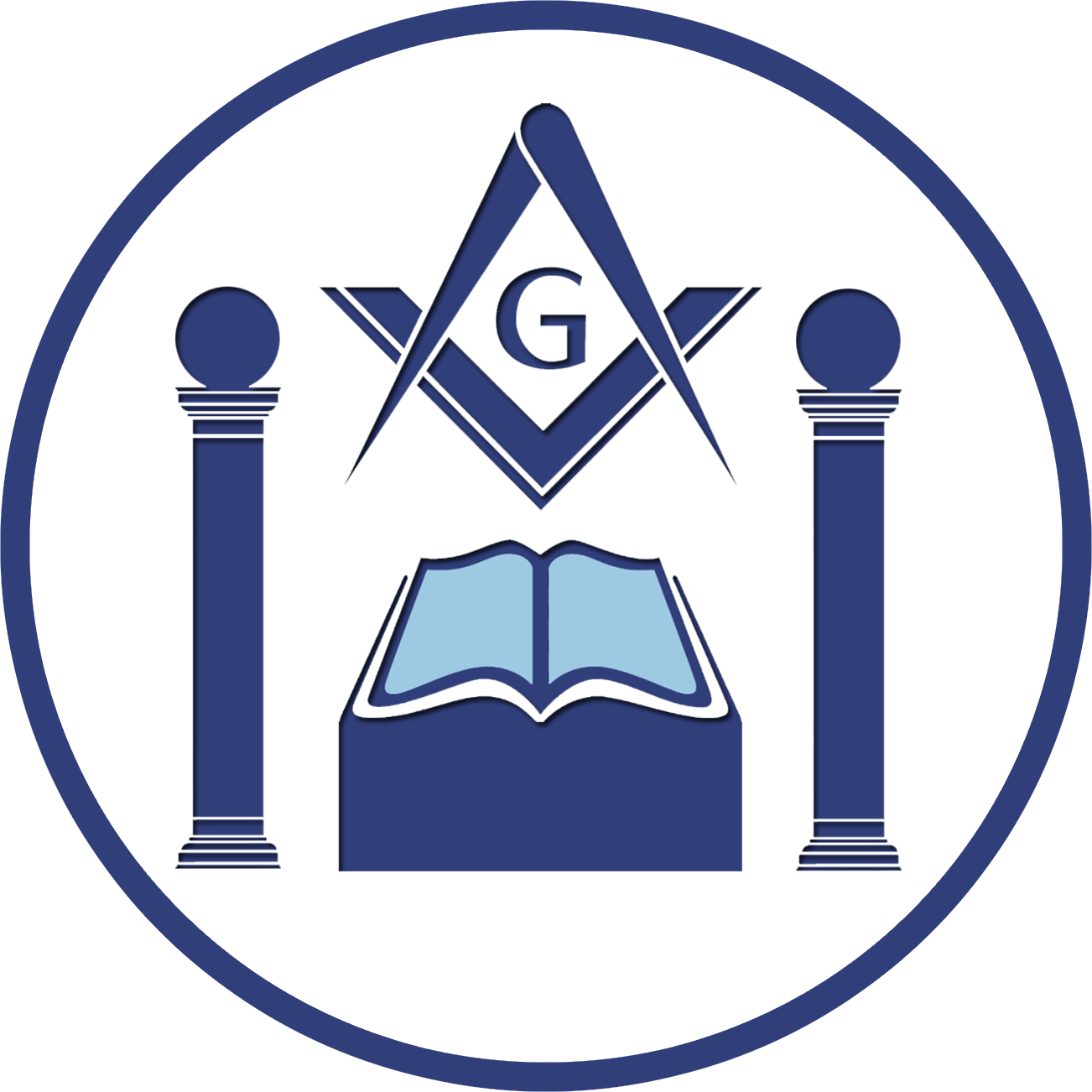Masonic Values
For Freemasons, there are four important values that help define their path through life: Integrity, Friendship, Respect and Charity.
Integrity
Freemasons are focused on building themselves as people of integrity and membership provides the structure to help achieve that goal.
Friendship
Freemasonry provides the common foundation for friendships between members, many of which will last a lifetime.
Respect
Freemasonry brings people together regardless of their race, religion or any other perceived differences that can divide us as a society.
Charity
Kindness and charitable giving are deeply ingrained within the principles of Freemasonry and the organization provides the structure for members to make positive contributions to their communities and the world.
The Masonic Lodge
The term “lodge” itself comes from the structures which the stonemasons built against the sides of the cathedrals during construction. In winter, when building had to stop, they lived in these lodges and worked at carving stone. But a Masonic lodge is more than a building; it is a living, breathing organization made up of and sustained by the members themselves. It is a tight-knit group of men who make solemn vows to one another and become comrades in Masonry and life. Above all, a Masonic lodge represents open arms, a helping hand, and brotherly love to every Mason, anywhere, at any time. No two Masonic lodges are the same. All have unique personalities driven by their members. Beyond the monthly meetings, a Masonic lodge is a place for dinners, special events, and just hanging out. From the outside, a Masonic lodge can look rather mundane. But inside the lodge room itself, Freemasonry comes to life, often with age-old artifacts, art, and the pageantry of our sacred ritual. More than anything, when Masons gather in the lodge, it’s a reaffirmation of our Masonic values of brotherly love, relief, and truth.
The Masonic Apron
The Masonic apron is perhaps the greatest symbol of Masonic tradition and history, serving as a reminder to every Mason their commitment to uphold the values of the Craft. When the fraternity was established in the 1700s, the founders adopted the tools and traditions of stonemasons, among them the protective aprons they wore as they worked. The original aprons worn by operative masons were made of leather and large enough to cover the wearer from chest to ankles. It wasn’t until the 18th century that the modern, smaller textile aprons came into use. As Freemasonry grew, individuals began to adorn their aprons with symbols of the Craft and ornate ribbons. Over time, the apron evolved from the working garment of the stonemasons to the symbolic garment worn by Freemasons. A new Mason receives a white apron upon joining the Lodge, which is symbolic of the purity and innocence men are expected to pursue in life as a Freemason. The apron is the first gift a Mason receives, the first symbol explained to him and the first evidence of his commitment to the Fraternity.
The Great Lights Of Freemasonry & Masonic Pillars
At the center of a lodge, rested on the alter, lies the 3 Great Lights Of Freemasonry which are the Holy Bible, the Square and the Compass, which you will learn about in more detail during the degrees. During the degrees we are also taught about the three Lesser Lights; one of these is in the East, one in the West, and one in the South. They represent the Sun, the Moon and the Worshipful Master.
Since the dawn of civilization, the entrance of sacred and mysterious places have been guarded by two pillars. Whether in art or in architecture, twin pillars are symbols representing an important gateway or passage towards the unknown. In Freemasonry, the pillars are named Jachin and Boaz and represent one of the Brotherhood’s most recognizable symbol. The Masonic usage of the terms Jachin and Boaz originates from the Biblical account of King Solomon’s Temple. The master builder of the Temple of Solomon was Hiram Abiff, a prominent figure in Masonic ritual. Sitting atop the pillars are two globes inscribed with maps of the earth and of the celestial constellations. The geographical and astronomical engraving alludes to the Great Architect, Creator of both heaven and earth. The Celestial is atop Boaz on the left and terrestrial (earthly) is atop Jachin on the right.
The Degrees
1st Degree: Entered Apprentice
As a candidate’s first experience with the ceremonies of the fraternity, this degree is intended to be an introduction to Masonry. It is, like all Masonic ceremonies, a solemn and meaningful event. The Entered Apprentice is entrusted with secrets of the Masonic Order, which are all moral and ethical in nature, and is expected to honor them in accordance with Masonic law. Once a candidate completes the Entered Apprentice degree, he takes his first step as a Freemason and enjoys the title of “Brother.”
2nd Degree: Fellow Craft
Fellow craft is a term used by the ancient Guilds of Operative Masons that refers to skilled members of the craft. Within Freemasonry, the Fellow craft references a more advanced search for Masonic wisdom, symbolism, and philosophy. For skilled craftsmen, this degree would have marked a person’s progress from an apprentice to a journeyman, which brings with it increased responsibility, learning, and work. Once completed, the candidate may advance to the third and final degree.
3rd Degree: Master Mason
The third degree symbolizes man’s maturity in life or age and his increase in knowledge and wisdom. The last of the lodge ceremonies, the Master Mason degree completes the initiation ceremonies into the fraternity, and the new Master Mason may enjoy both the rights and responsibilities of membership. A Master Mason has the right to visit lodges throughout the world, sharing in fraternal fellowship with like-minded men who now share a common bond.
